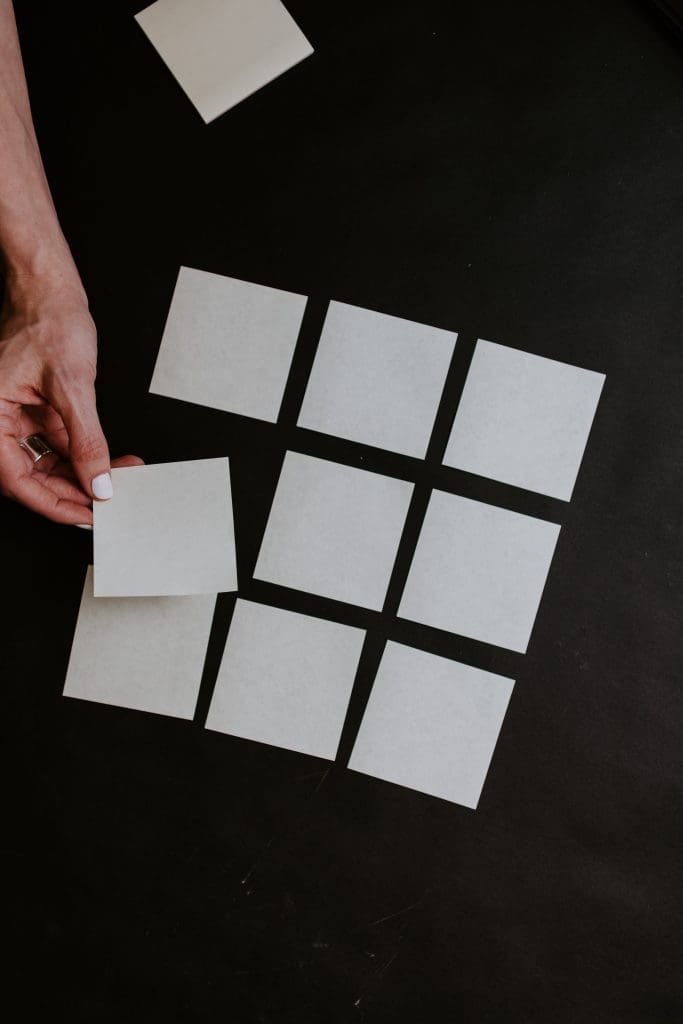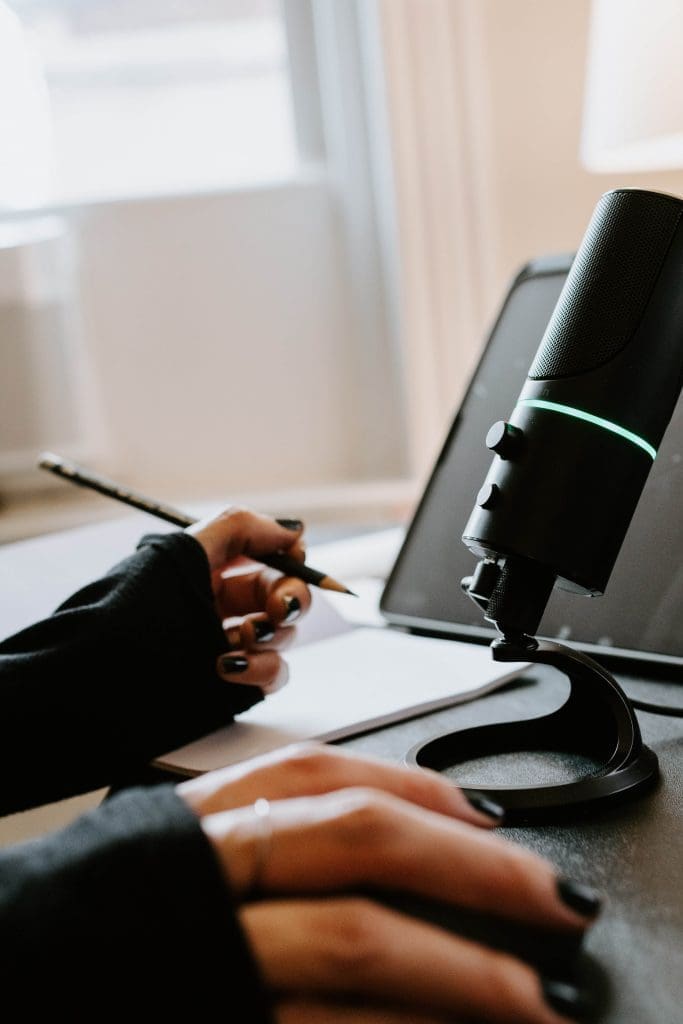64% of B2B buyers spend some time researching a product they think they need. Yet, it takes over five touch points to secure an initial meeting with a prospect.
This means you must improve the efficiency of your sales pipeline if you want to turn prospects to hot leads and eventually paying customers.
When you have a well-structured sales funnel, you’ll not only refine and optimise the sales process but also drive more qualified leads to the finish line.
What is a sales funnel and how does it work?
A sales funnel is the customer journey from the initial contact with your brand to the time they make a purchase. It amplifies lead generation efforts and helps sales teams to understand areas they need to either improve or follow up the sales process to avoid leakages.
Just like a regular funnel, it’s widest at the top and narrow at the bottom. It generally consists of three parts: top of the funnel, middle of the funnel, and bottom of the funnel.
A sales funnel shows how marketing leads move through the buying process and how sales teams interact with potential customers at different stages of the customer journey, persuading them to make a purchase.
How does a sales funnel work?
The way a sales funnel works in a B2B sales is that you identify buyer personas and create marketing campaigns targeting potential and existing customers. Understanding what prospects are interested in and creating content that helps them realise your service or product fills that gap, will lead to more conversions.
When you create a sales funnel, you’re simply breaking down the buying process into smaller stages, with each stage presenting an opportunity to attract customers and drive more sales.
What are sales funnels used for?
Sales funnels help you attain steady business growth through an increase in sales and better customer retention.
A sales funnel helps marketing teams to:
- Better understand exactly what your customers want.
- Identify leads about to drop out and dismiss bad leads early.
- Educate prospective customers on how a service or product solves their problems.
- Drive more sales and revenue.
What are the Stages of a Sales Funnel?
While B2C sales funnels comprise four stages abbreviated as AIDA (Awareness, Interest, Desire, and Action), the B2B sales funnel comprises six stages. The two additional sales funnel stages are evaluation and intent.
This is because you’re providing services or products to other businesses, hence the need to involve a salesperson to make a sale.
Each of the stages of the sales funnel exemplifies the mind of a prospective customer and the most suitable approach to market to them.
Let’s look at each of the six stages of the B2B sales funnel:
Awareness
Prospective customers in the awareness stage are usually looking out for services or products to solve a problem. They don’t know about your service or product. They conduct competitive research to discover new brands.
All they want is a solution. Your goal is to find how best you can engage them while making them aware of your service or product.
Leverage your acquisition engines through inbound marketing. You can achieve this by using educational content like eBooks, blog posts, landing pages, infographics and checklists that focus on your targeted demographic.
Interest
At the interest stage, the prospective buyer is aware of both their pain and your brand. So, they want to know if you can offer a solution to their problem.
They are not just pain aware but also solution aware and product aware.
Keep in mind that it’s not all about you only as they’re also considering other brands. Focus on your unique value proposition. You can include a discount or call to action for the new customers.
Some sales funnel examples at the interest stage include product pages, product centric blog posts, webinars, white papers, and guest posting, among others.
Desire
At this sales funnel stage, you already have a hook with a bait and a potential customer who is considering your service or product. The prospect will now decide. Your other marketing efforts should focus on closing the deal.
Expect the initial valuable contact like a request for the meeting or the price. This is a good place to offer free trials and exclusive promotions. Make sure you offer responses fast and follow up on leads.
Intent
You need to follow up on the buyer after your first meeting. Product demos are quite common at this sales funnel stage. The prospect may ask you to provide a formal sale proposal.
You can clearly tell where the buyer is and their intention. Your sales team can then take over to emphasise to them why they should settle for your product or service.
Evaluation
Once the prospect is at the evaluation stage, they’re evaluating solution providers. You need to show them why your solution is the best. The prospect will take time to review everything about you and the solution you’re offering. They’ll assess both your presentation and your product to see if it’s a good fit.
This is where you provide relevant content to address their concerns and fears, build trust, communicate your value clearly, and earn credibility.
This means you must also know what your competitors are offering because chances are potential buyers will compare your solution to them.
Action
The Action stage is straightforward. This is at the bottom of the funnel, so a buyer who is interested in your service or product will purchase from you, giving you the opportunity to deliver what you promised. If not, they’ll go for your competitor’s product.
It is at this point that a prospect becomes a paying customer. However, you shouldn’t relax because you’ve closed the deal. You can build lasting relationships using the contact page, subscription form, thank you page or cart abandonment automated email.
How do you create a sales funnel?
Here’s a step-by-step guide to building an effective sales funnel:
- Know your customers’ needs
You need to focus your marketing efforts only on website visitors that are interested in your product or service then leverage targeted messaging. Irrelevant information will turn away potential customers. Not to mention the resultant damage. Talk about wasting budgets and the risk of reputational damage.
When building your sales funnel:
- Research and understand your audience – demographics.
- Pay attention to what they do once they’re on your site–the information they look for, where they click and the time they spend on a page.
- Look at your mailing lists, conversion metrics and how else customers interact with your business.
This information will help improve your marketing strategy because you know when target customers, how users act and how best to market to them.
- Capture the attention of your audience
Your leads will not convert with the first interaction. Consumers (63%) want to hear your company value proposition 3-5 times before they feel comfortable about your product. It could take a couple of months before you move your lead from the awareness to interest stage.
Once you’re sure about your target audience, direct them to the top of the funnel. Leverage digital tools along with your CRM to track leads through the evaluation and action stages. This helps to know when you should reach out.
- Nurture relationships
Don’t stop at a successful initial contact. Create nurture campaigns to maintain the momentum without being intrusive. This is where you need a drip campaign to move cold leads through the next stages of the funnel. Be sure to only share helpful content that addresses objections or pain points to warm up leads and inspire a sale. Customising your marketing automation will not only show you understand the prospect’s needs but also make your offer the right option for them.
- Prepare for a great first impression
Although it’s unlikely that you’ll close a sale with your initial contact with a prospect, you can’t overlook the fact that first impressions count. So, aim to make a better impression. Standardise your sales process to boost your sales funnel, productivity, and sales pipeline. This doesn’t mean having a sales playbook or script, rather a guideline your sales team can tweak to head to the direction they desire. Automate steps that are repeatable, so your sales reps have ample time to focus on nurturing relationships and increasing sales.
- Regular follow up
44% of sales reps will give up when confronted with the first ‘no’. Following up helps to avoid losing potentially valuable prospects and optimise the sales funnel. You can remove prospects who no longer communicate after several calls or have asked to connect later. Strive to understand where those leads that move forward are to closing a deal.
Follow up with existing customers to know their experience, aspects of the product they like, uncover opportunities, and encourage them to share their testimonials on social forums as part of your social proof.
- Close the deal
Your marketing and sales efforts should culminate into a purchase, and this is where it happens. Your lead nurturing efforts pay off here because 50% of large B2B purchases are usually from leads that are guided through the sales funnel to the end. For leads who are not ready to purchase, you want to listen to them to understand the reason they’re holding back. You can avoid this scenario by:
- Aligning your priorities, seeking reassurance, building a rapport, and confirming you’re moving together.
- Secure the prospects commitment by reiterating key benefits of doing business and your solution solves their problems.
- Nurturing a relationship even where you already have a commitment.
- Optimise your funnel
There will always be customers who need answers at every sales funnel stage. This means your sales funnel needs to offer diverse solutions relevant to each stage. Offering specific information ensures the lead has a better understanding of your product. Ensure that they’re always interested and engaged through all the sales funnel stages to make it down to the bottom of the funnel and close a deal.
Wrapping up…
Building a sales funnel will help you guide your B2B leads smoothly through the buying process. You need to understand the right strategies to employ at each stage to stay relevant and guide prospects to the end of the funnel.
Are you looking for a lead generation service to improve your Sales Funnel? Reach out to the Quanatnite team today, to learn how we can help your B2B lead gen.












